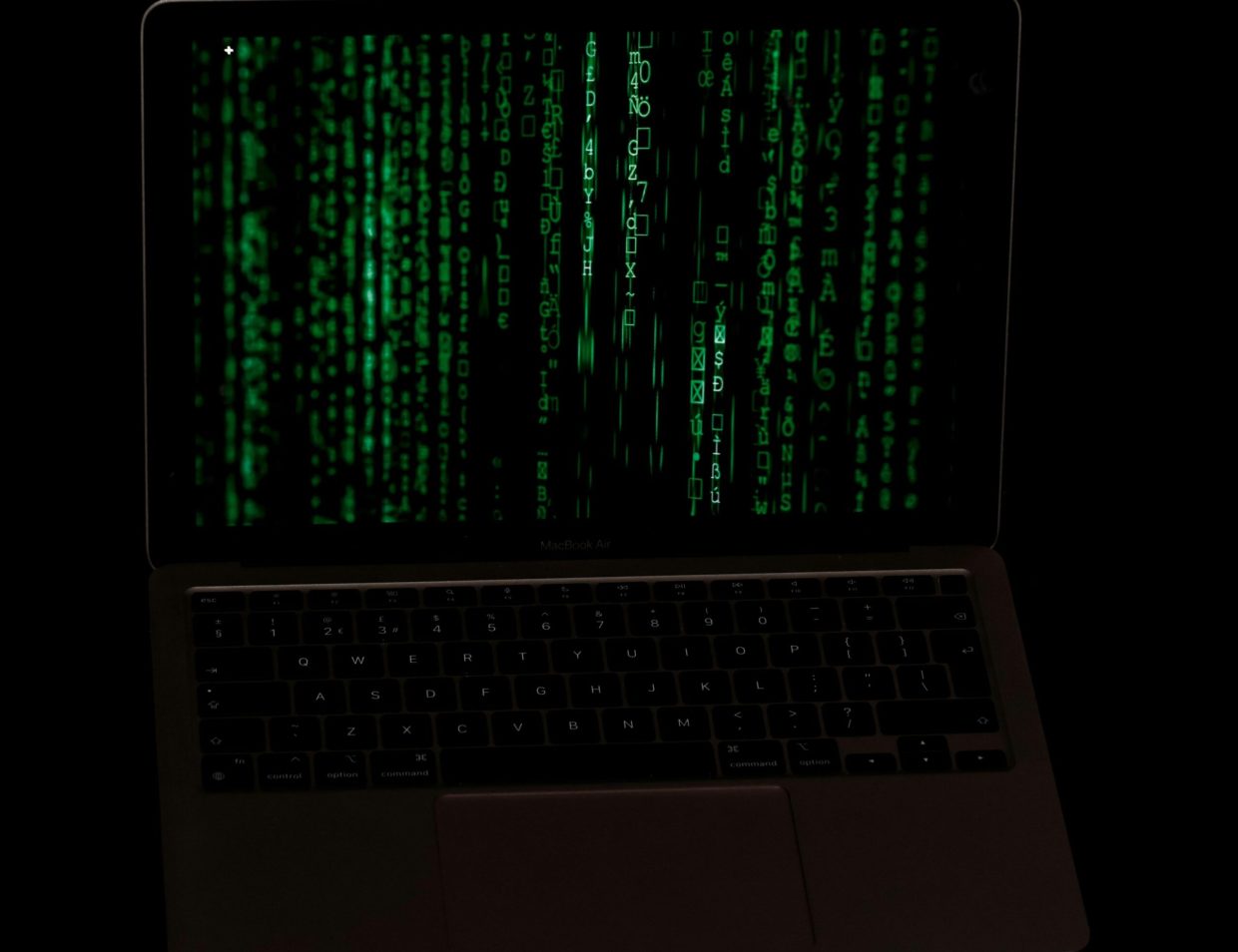In a world where almost every aspect of our daily lives is connected to the internet, the battlefield has quietly shifted from physical landscapes to the invisible realm of cyberspace. Cyber warfare isn’t just about hackers in hoodies or sci-fi scenarios — it’s a complex, high-stakes arena where nations, organizations, and individuals clash over secrets, power, and control. But what exactly does this digital combat look like? How do these virtual conflicts unfold, and what do they mean for our future? Join me as we dive deep into today’s digital battlefields, uncovering the tactics, tools, and tensions that define the hidden war happening all around us.
Table of Contents
- Understanding the Hidden Players in Cyber Warfare
- Decoding the Most Common Digital Weapons and Tactics
- Unveiling the Real-World Impact of Cyber Battles on Society
- Practical Steps to Fortify Your Digital Defenses Today
- Future Outlook
Understanding the Hidden Players in Cyber Warfare
Behind the screens and encrypted codes lie a multitude of actors shaping the ebbs and flows of modern conflicts. These hidden players are neither generals nor soldiers but entities operating in the shadows—cyber mercenaries, hacktivist collectives, and state-sponsored groups that employ a mix of technology and psychological tactics. Their actions ripple through infrastructures, economies, and politics, often leaving little trace yet undeniable impact. Understanding the variety of participants is key to grasping the complexity of cyber warfare, where every keystroke can either defend a nation or dismantle its very foundations.
Among these covert operatives, certain groups emerge with specialized roles:
- Cyber Espionage Units: Stealthy agents who gather intelligence, often targeting government secrets or corporate trade information.
- Hacktivist Networks: Ideologically driven, these groups use cyber tactics to promote political agendas and expose perceived injustices.
- Black Hat Collectives: Professional cybercriminals motivated by financial gain, leveraging ransomware and data breaches as weapons.
- Algorithmic Warfare Teams: Developers of AI-powered tools capable of autonomous cyberattacks, redefining the speed and scale of assaults.
Decoding the Most Common Digital Weapons and Tactics
In the shadowy realm of cyber warfare, attackers wield an evolving arsenal designed to infiltrate, disrupt, and manipulate digital environments. Among the most prevalent tools are ransomware attacks, which encrypt crucial data and demand hefty payments for its release. Meanwhile, phishing campaigns exploit human psychology, crafting convincing emails and messages that lure victims into revealing sensitive information or unknowingly installing malware. Another sinister tactic is the deployment of botnets, networks of infected devices orchestrated to launch powerful Distributed Denial of Service (DDoS) attacks, crippling websites and online services with overwhelming traffic.
Understanding these digital weapons isn’t complete without considering advanced persistent threats (APTs), where attackers embed themselves deep inside systems, often remaining undetected for months while siphoning intelligence or sabotaging operations. Coupled with zero-day exploits, which target previously unknown software vulnerabilities, the cyber battlefield becomes a complex theater where innovation and stealth are paramount. Defenders must constantly anticipate not just the tools hackers use, but the cunning strategies behind them:
- Social engineering techniques designed to bypass technical defenses
- Supply chain compromises that infiltrate through trusted third-party vendors
- Multi-vector campaigns mixing malware, misinformation, and insider threats
Unveiling the Real-World Impact of Cyber Battles on Society
Cyber battles no longer exist solely within the confines of government agencies or secretive hacker groups. Their ripple effects extend deep into the fabric of everyday life, shaping economies, politics, and even the way communities interact. When critical infrastructure like power grids or healthcare systems becomes a target, the consequences are immediate and tangible — ranging from blackout-induced chaos to compromised patient care. Beyond the physical damages, cyber warfare introduces an unprecedented level of uncertainty, where trust in digital systems is constantly questioned, and misinformation campaigns disrupt social cohesion.
The real-world impact can be summed up in several alarming trends:
- Economic strain: Businesses grapple with data breaches and ransomware attacks, resulting in lost revenue and damaged reputations.
- Geopolitical tension: As nations escalate cyber offensives, diplomatic relations grow fragile, increasing the threat of broader conflicts.
- Privacy erosion: Personal data becomes a weapon, exploited to manipulate public opinion or undermine democratic processes.
Understanding these stakes compels us to rethink cybersecurity not just as a technical challenge but as a societal imperative, underscoring the urgent need for collaborative resilience in this ever-expanding digital battleground.
Practical Steps to Fortify Your Digital Defenses Today
Start by embracing multi-factor authentication (MFA) across your digital accounts—it’s a simple step that exponentially raises the bar against unauthorized access. Pair this with the habit of regularly updating your software and operating systems; those security patches aren’t just routine, they’re frontline armor against evolving threats. Additionally, consider segmenting your online identities—use separate passwords and email addresses for critical tasks like banking versus everyday browsing, adding layers that confuse potential attackers.
Don’t underestimate the power of vigilance when navigating the digital landscape. Cultivate a habit of scrutinizing links and attachments before clicking—phishing tactics often disguise themselves in the most innocent emails. Deploy reputable antivirus and anti-malware programs, but know their limitations; they’re tools, not shields. Lastly, back up your crucial data regularly on isolated drives—this simple ritual can transform a potential crisis into a contained inconvenience, ensuring that even if the digital battlefield shifts suddenly, your information remains secure.
Future Outlook
As we peel back the layers of today’s digital battlefields, it becomes clear that cyber warfare is not just a futuristic concept—it’s an unfolding reality shaping the security landscape around us. From covert hacking campaigns to the development of cutting-edge defense technologies, the cyber realm is a complex and ever-evolving arena that challenges our understanding of conflict itself. Staying curious and informed is our best weapon in navigating this invisible war zone, where every line of code could tip the scales. So, what surprises will the next chapter of cyber warfare hold? Only time—and technology—will tell. Stay tuned, stay vigilant, and keep exploring.













